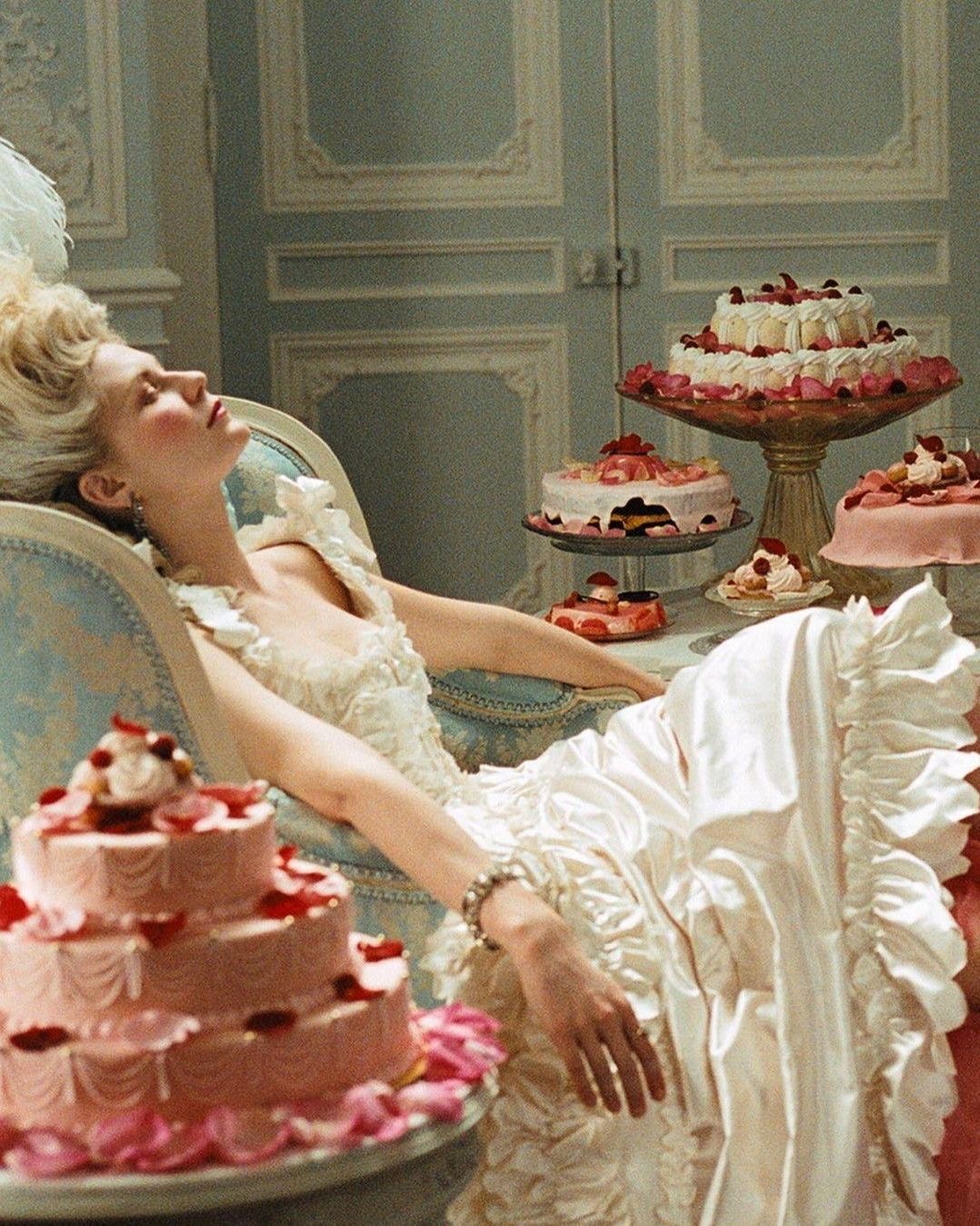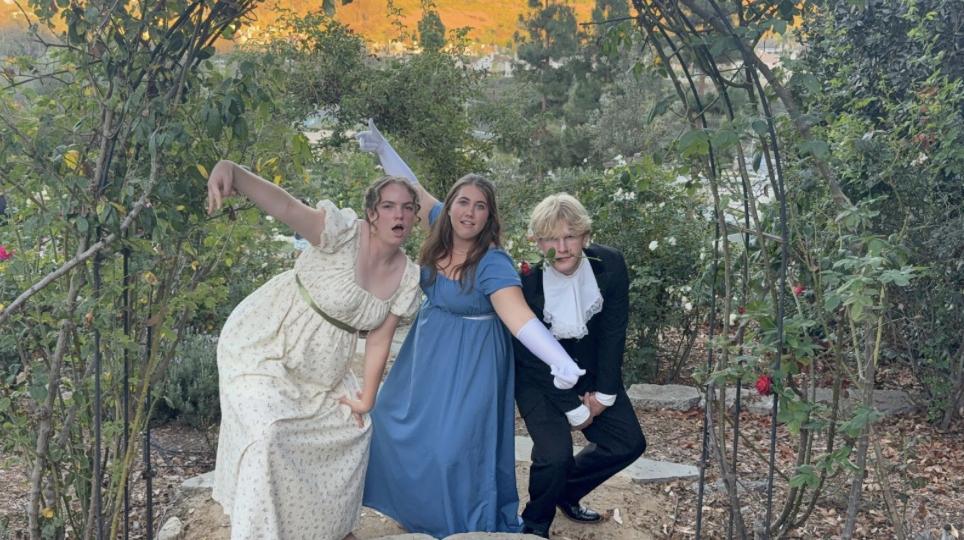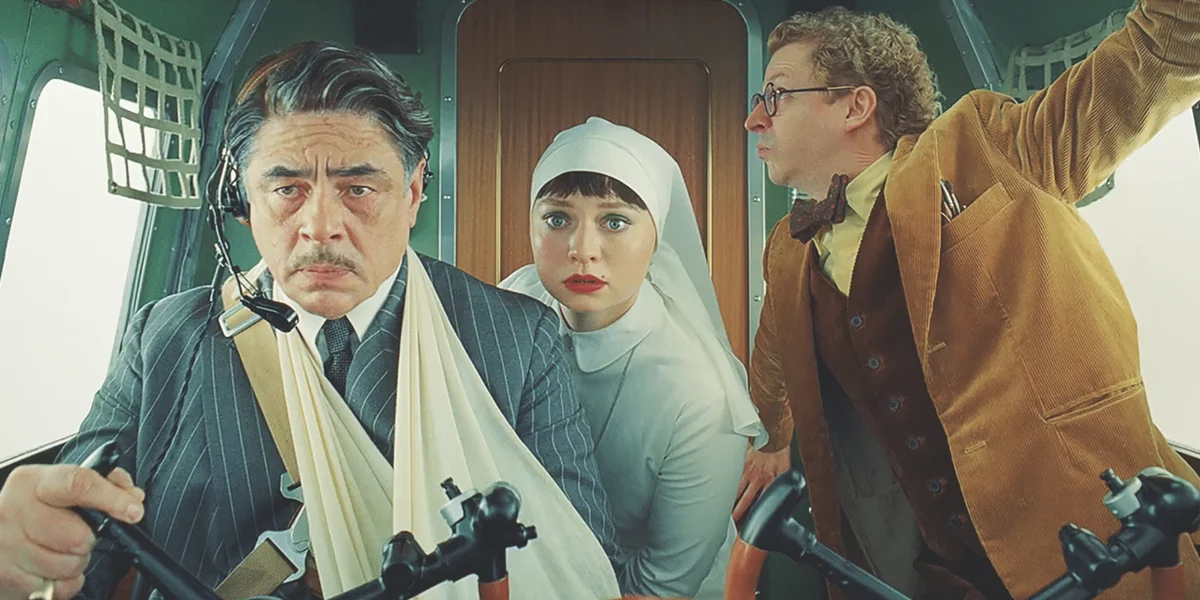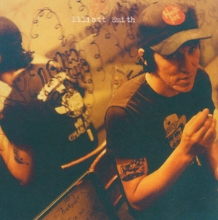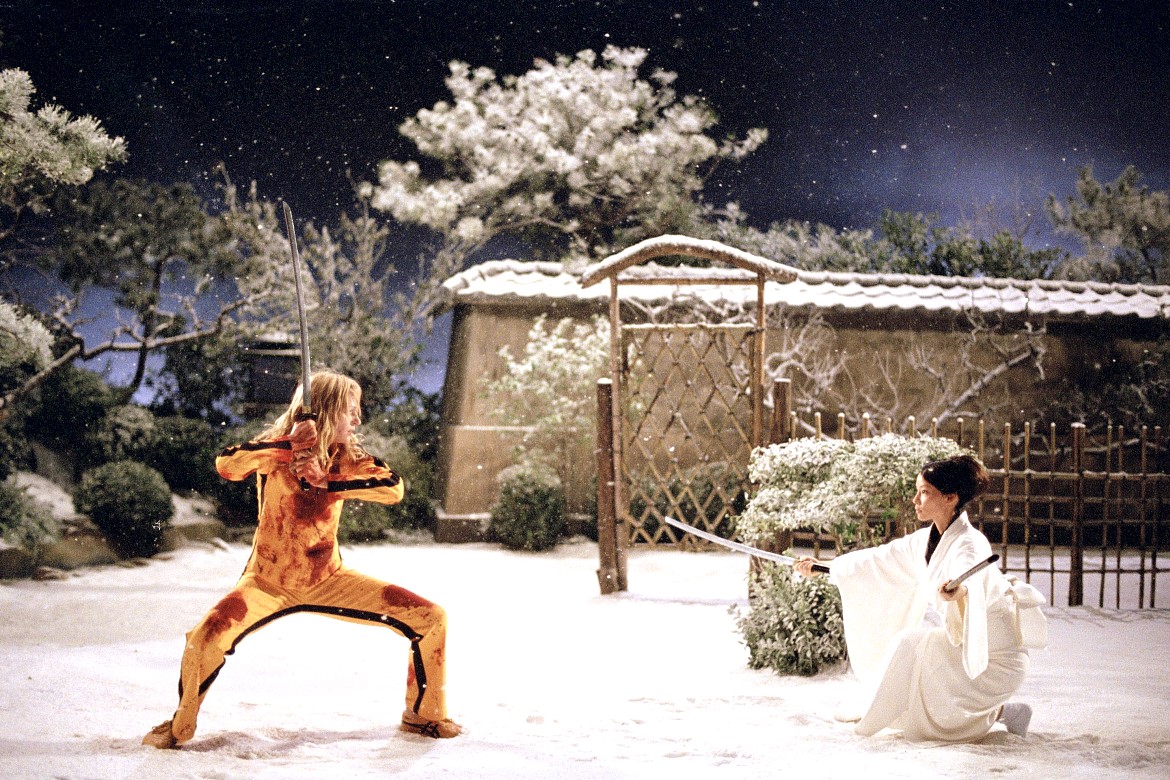Sofia Coppola’s Marie Antoinette (2006) is a visually stunning film that reimagines the life of one of history’s most controversial queens. Instead of delivering a more traditional historical drama filled with political intrigue and swaying from the storytelling of royalty that could display them in a slightly critical light, Coppola presents the story through a modern, youthful lens, focusing on the personal experiences of a young girl thrown into an unfamiliar and overwhelming world. Sofia Coppola is a filmmaker and director known for focusing on telling the female perspective through the most visually appealing lens possible, which is something she achieves remarkably in this movie.
The film follows Marie Antoinette, portrayed by Kirsten Dunst, from her early teenage years when she is sent from Austria to France to marry the future king, Louis XVI, played by Jason Schwartzman. As she adjusts to life at the extravagant and highly structured court of Versailles, Marie struggles to find her identity in a world where her every move is scrutinized and judged. The film explores her isolation, the pressure of producing an heir, and her eventual turn toward lavish parties, fashion, and personal pleasures as a means of escape.
One of the most distinctive features of Marie Antoinette is its modern approach to storytelling. Coppola famously includes contemporary music by artists like The Strokes and New Order in the film’s soundtrack. This choice, the fast-paced editing, and the pastel color palette give the 18th-century setting a youthful, modern touch. Instead of making the story feel distant or outdated, these elements bring Marie’s emotions closer to the modern viewer, highlighting how teenage confusion, loneliness, and the desire for freedom are all timeless issues.
The film’s central themes include the isolation of young women in power, the lack of control Marie has over her own life, and how she is both misunderstood by the public and unfairly blamed. Coppola’s version of Marie does not paint her as the spoiled and careless queen we often hear about in history books, but instead as a sympathetic figure who is more lost than cruel. By focusing on Marie’s personal life rather than a retelling of her downfall, the film portrays her as a real, more relatable person instead of just a historical symbol. This gives the audience space to sympathize and relate to her.
Kirsten Dunst delivers a compelling, stand-out performance that captures her character’s emotional complexity. She does so in the masked ball scene, where her character is surrounded by glamour and abundance. Yet, she still manages to showcase how, underneath all of the luxury, Marie is still an uncertain teenage girl through her lingering gazes and periodic stares toward others while she is behind the mask, reflecting how she is still trying to grasp this new, unfamiliar world.
Jason Schwartzman plays Louis XVI as shy and distant, which emphasizes the lack of connection between the couple, which is appropriate considering Marie and Louis XVI’s marriage was practically an arranged one. Together, they portray a marriage that feels more like a royal duty than a partnership, helping the audience better understand Marie’s growing discontent in her personal life.
Marie Antoinette is not a traditional historical film, and that is what makes it so effective and iconic. Sofia Coppola’s tasteful directing brings new life to an old story by focusing on the human side of a famously tragic figure. The film reimagines Marie Antoinette’s story as a tale of youth, loneliness, and rebellion through modern music, beautiful visuals, and stand-out performances. While it may not appeal to historical purists, it offers a fresh, thought-provoking perspective that makes the past feel surprisingly present.


